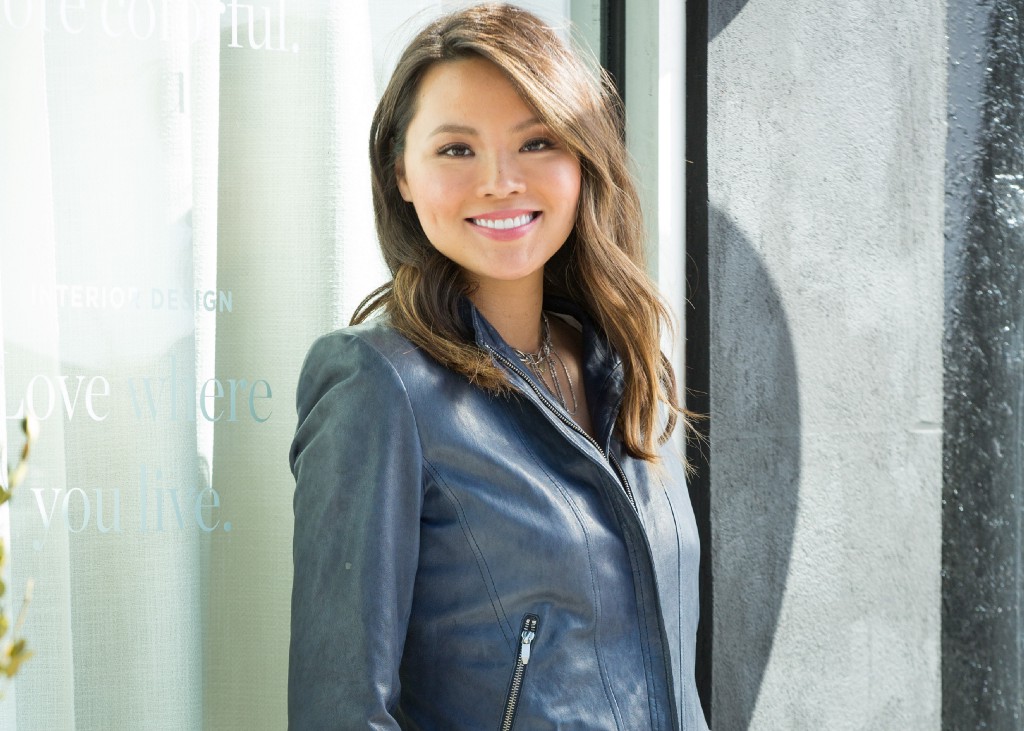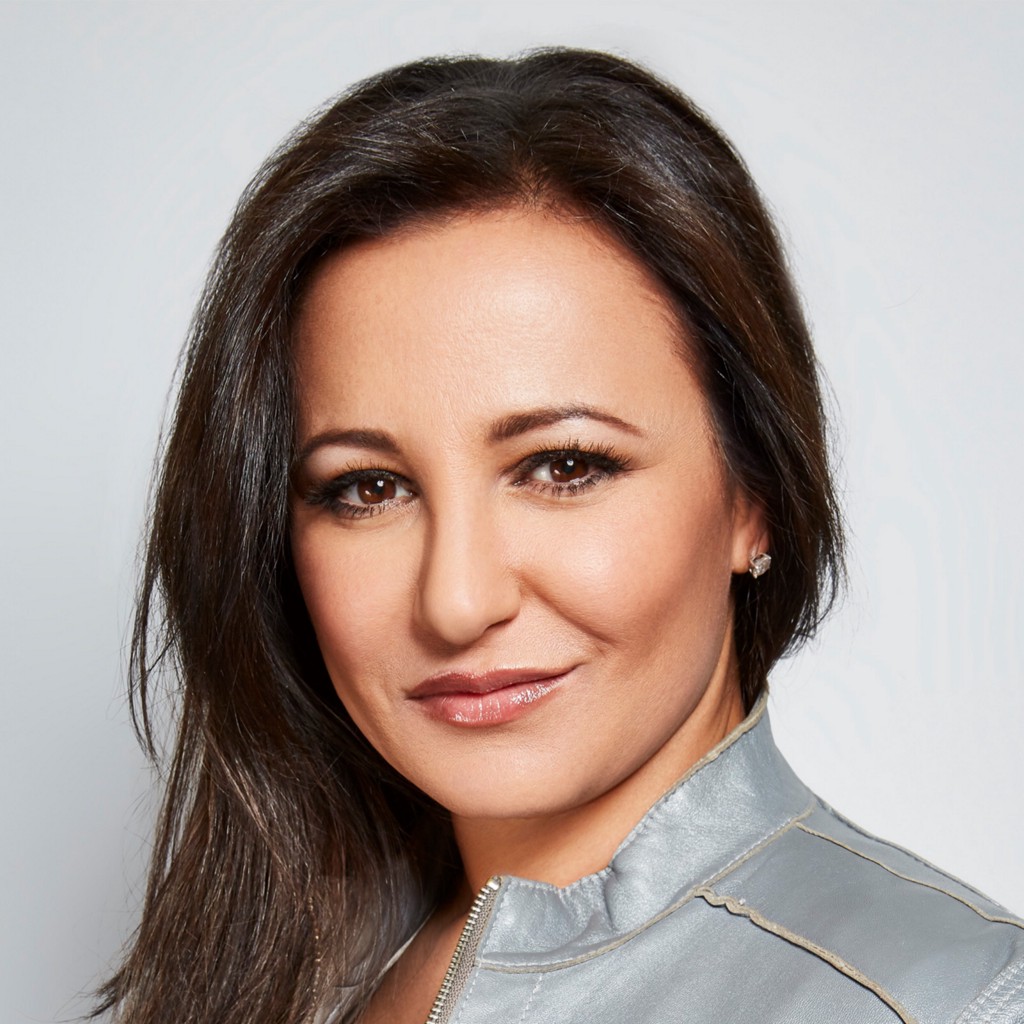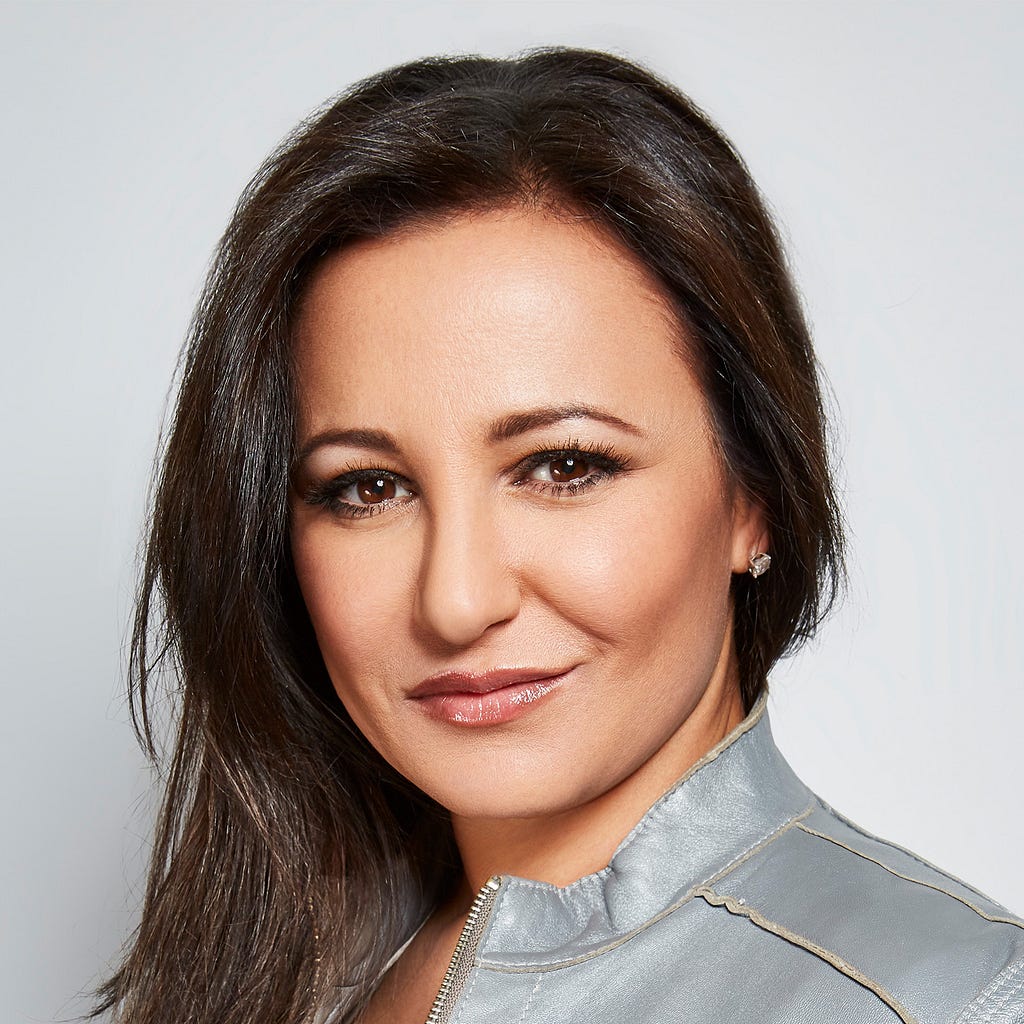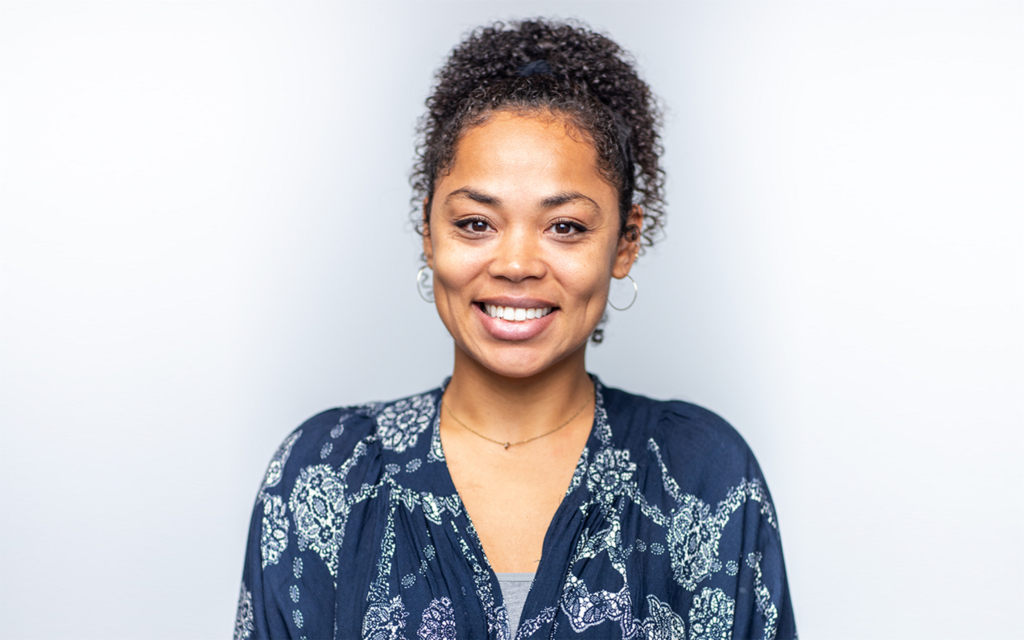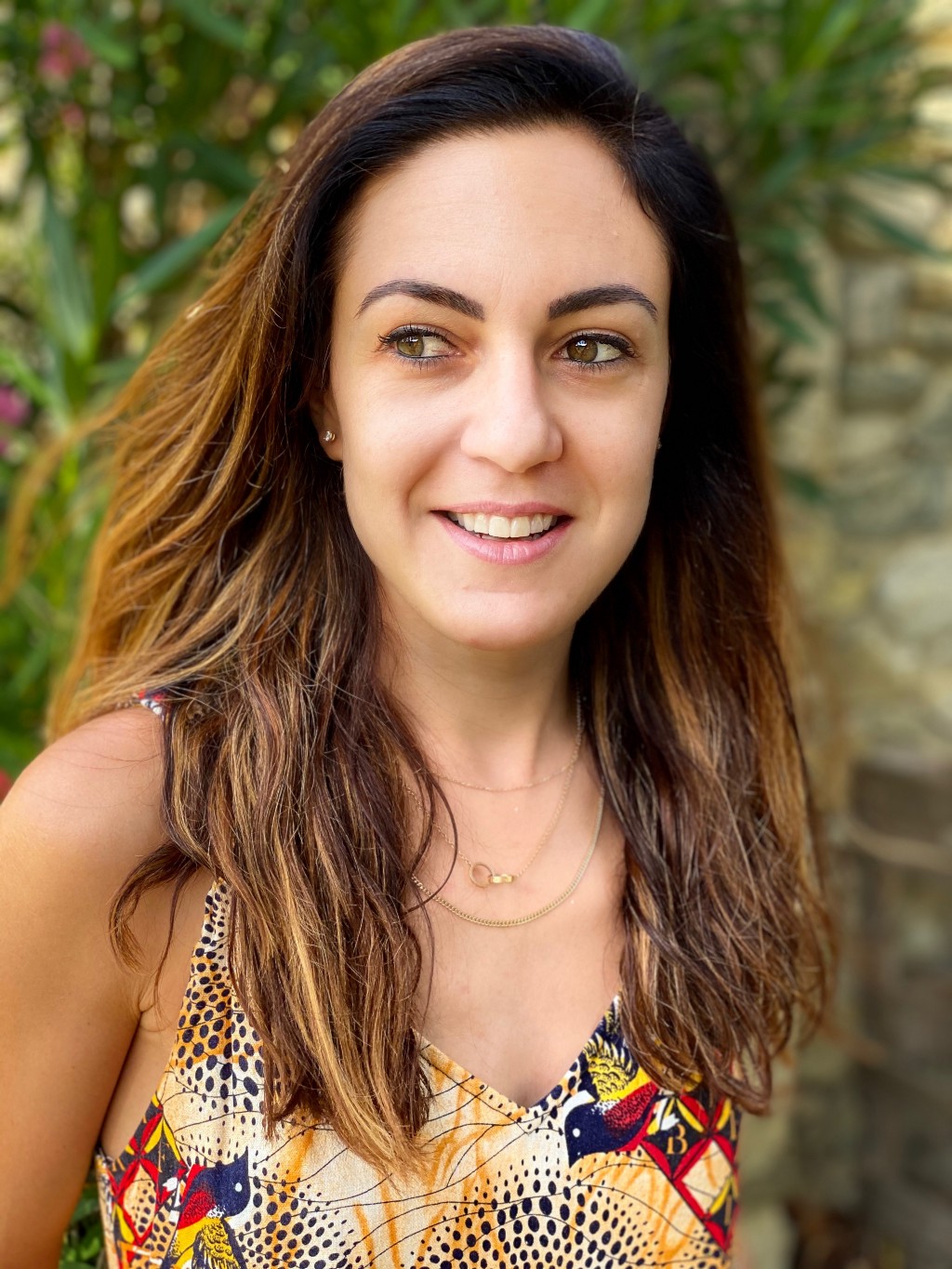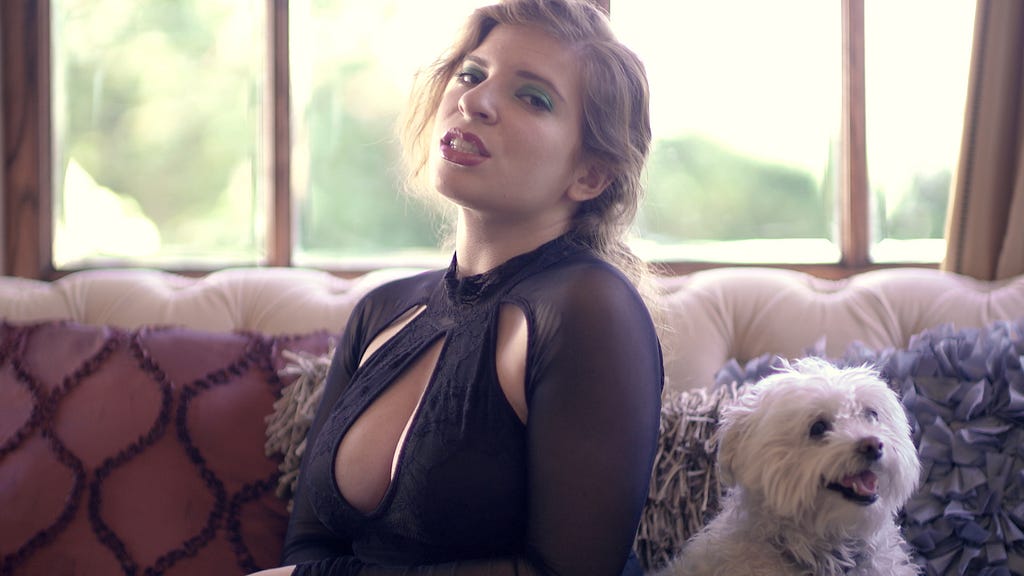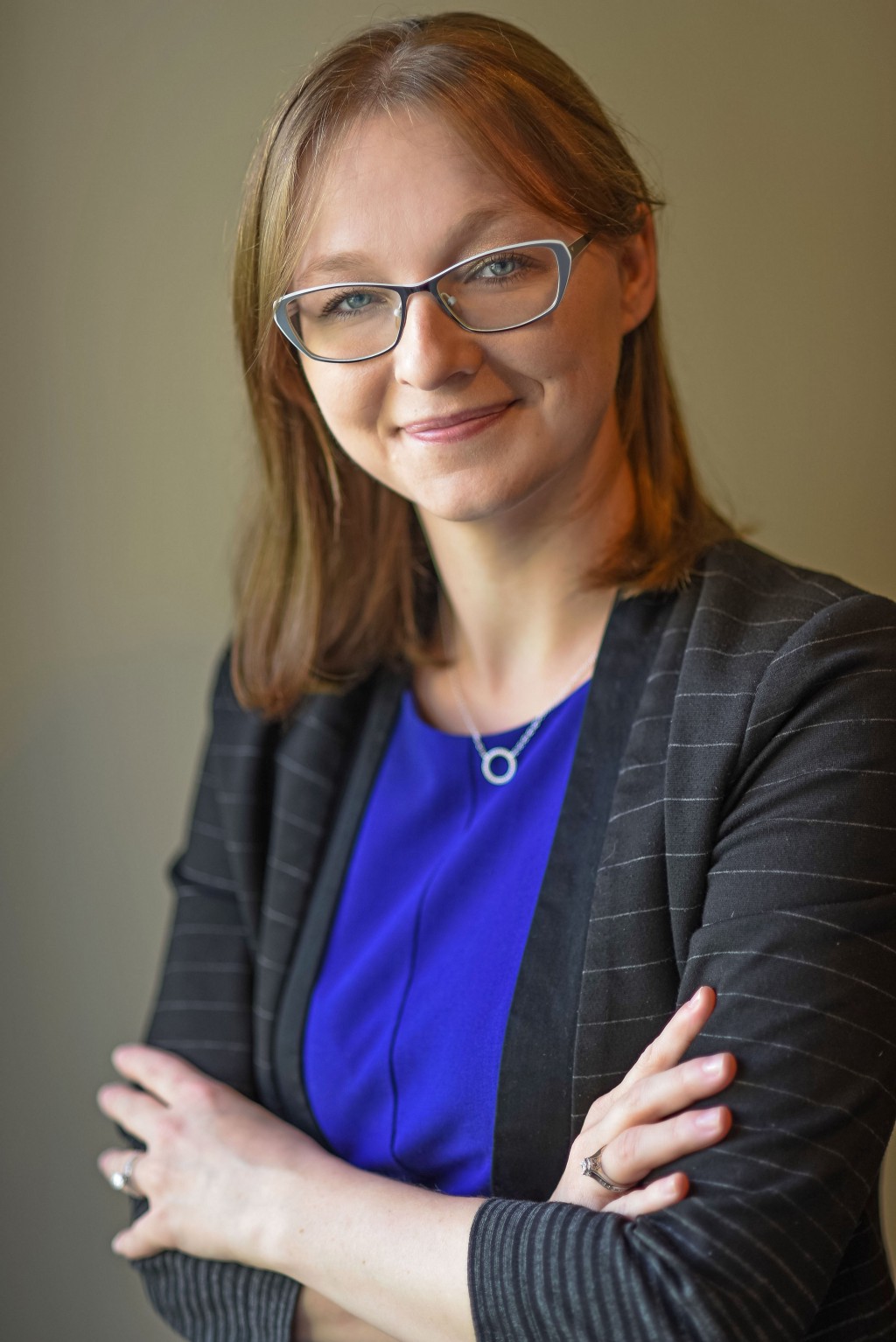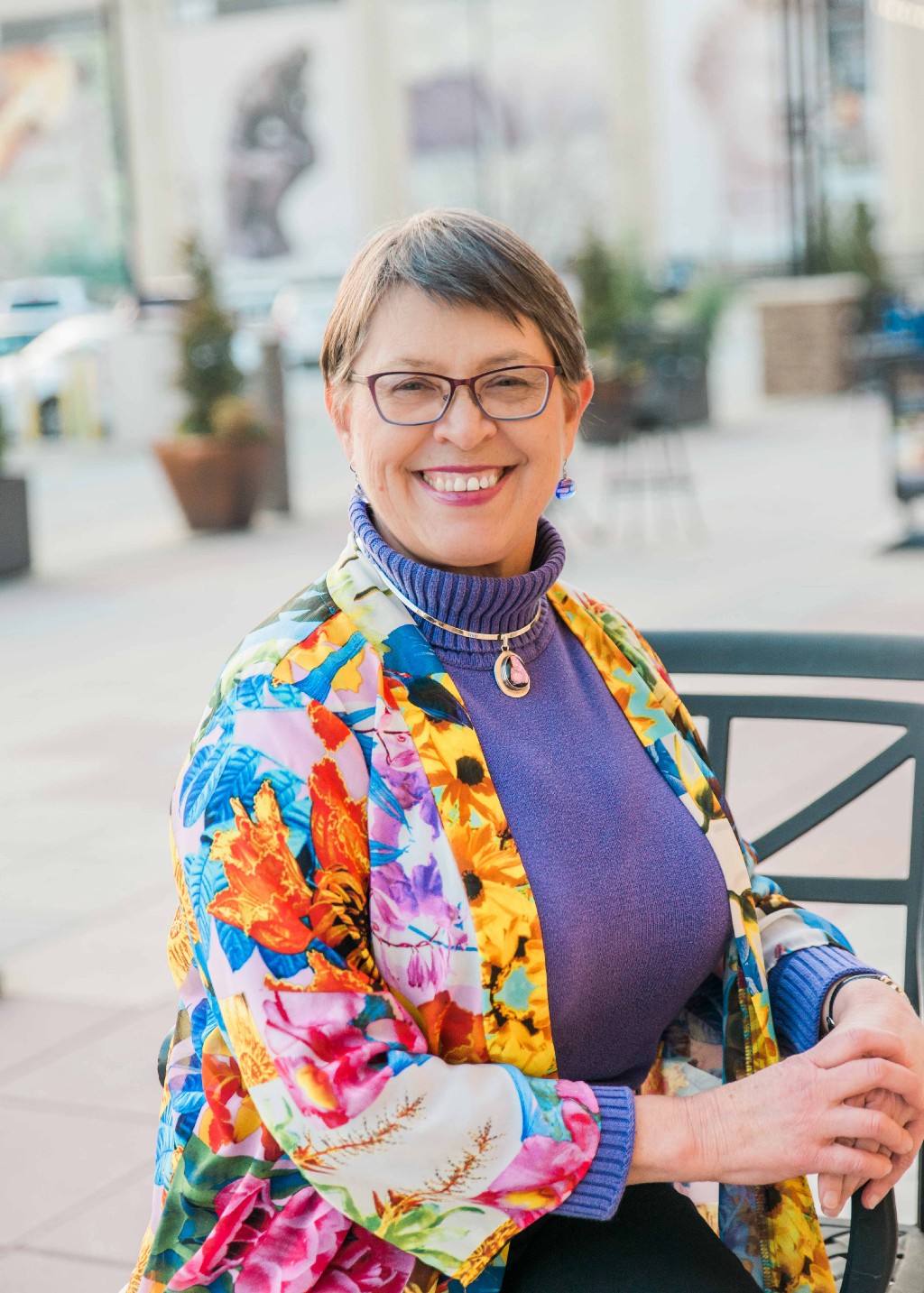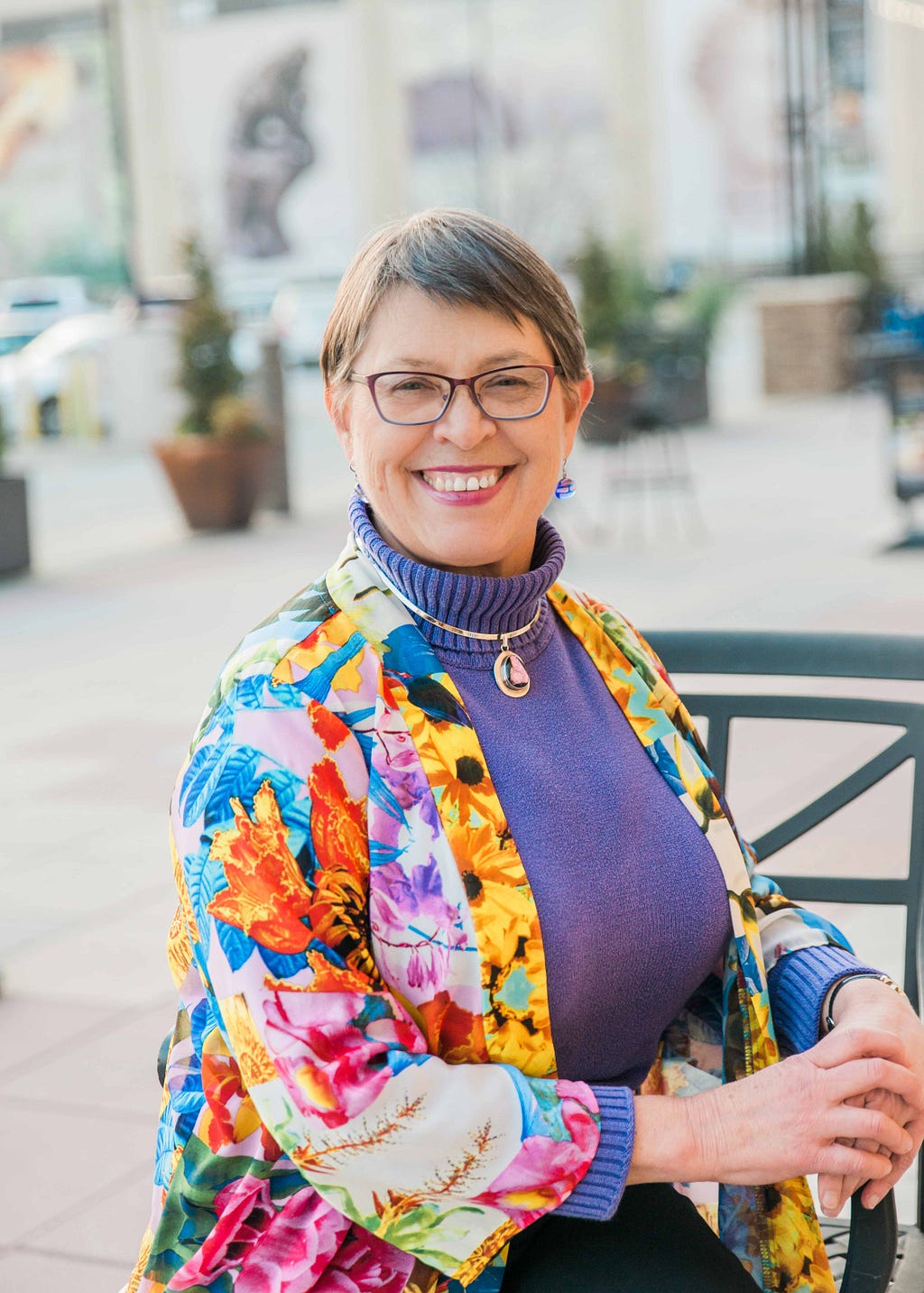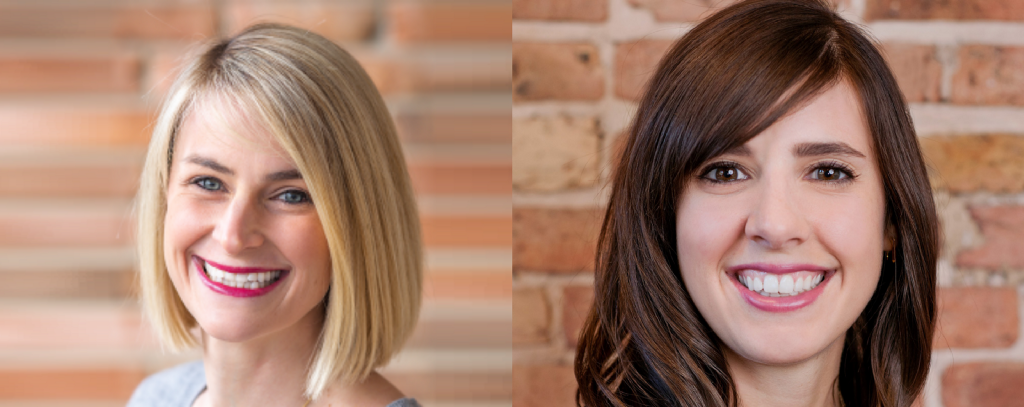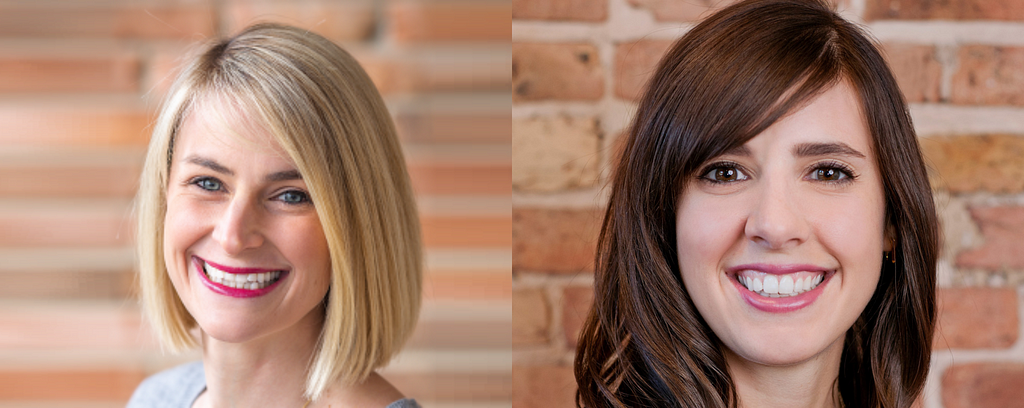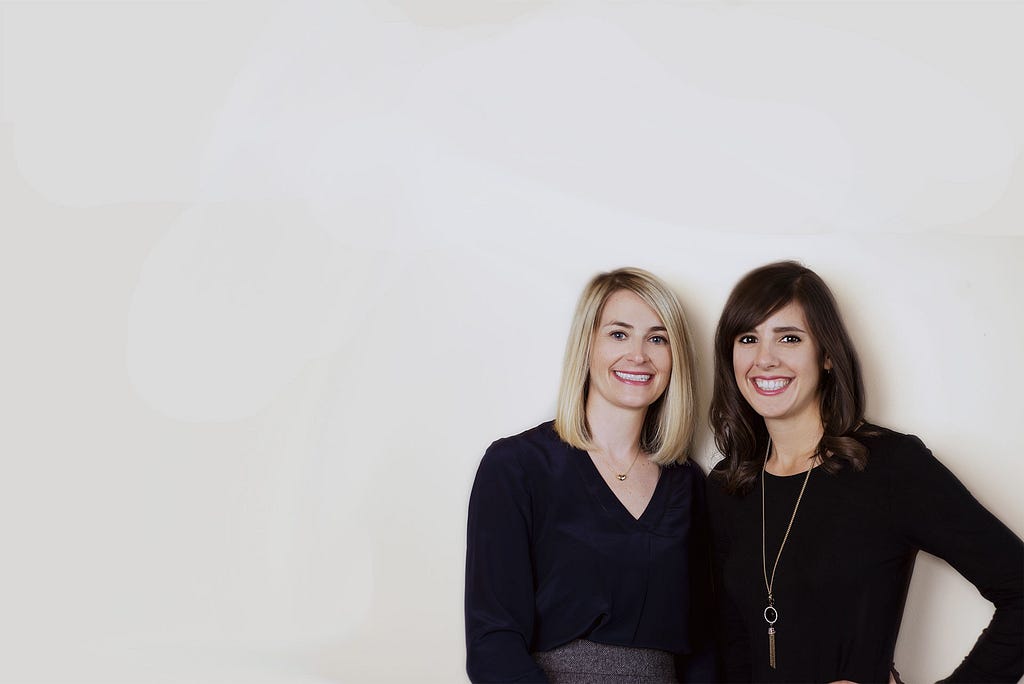
Delegate unimportant tasks, but never delegate hiring. Try to interview every single person on your team until you no longer have the time to, but it is the single most important thing you can do is to personally find good people to support your mission.
As a part of our series about strong women leaders, I had the pleasure of interviewing Kathy Kuo.
Kathy is the founder and CEO of Kathy Kuo Home, a recognized TV personality, and a celebrated interior designer. Published in the press as an international guru within the home and lifestyle space, Kathy has an unmatched eye for curating, sourcing and designing luxury furniture and homewares. Today, she continues to develop one of the fastest growing online platforms in the home and design industry.
Thank you so much for doing this with us! Before we dig in, our readers would like to get to know you a bit more. Can you tell us a bit about your “backstory”? What led you to this particular career path?
My family moved a lot throughout my childhood. Everywhere we went, I was able to decorate my bedroom and create a new space, integrating new meaningful objects from my travels; this really instilled both an appreciation for good design and love for unique high quality products. This passion led me to RISD, where I majored in Industrial Design, and later into the television industry with appearances on home renovation shows. After that, I worked designing and developing furniture and textiles for a luxury importer, but that was during the recession and I was laid off. That was when the idea of Kathy Kuo Home came to me. I continued to work and landed jobs with fantastic home brands like Bed Bath & Beyond and Assouline, so I continued to learn about the home space while I spent my free time building a brand I believed in.
At the time, around 2007, there were very few websites that featured an assortment of well-made home products. Being in the home space, I knew of so many great product vendors and designers, but it was so difficult for the average consumer to find them and sort through individual sites to find what they were looking for; there was a need for a single online platform that provided an assortment of high quality home decor and furnishings, for a range of styles.
From there, as we started operating the e-commerce concept, we noticed that those who were coming to us for items were already in the design cycle but didn’t know exactly what they needed or how their products would work in their space. With a business like apparel, you know your style, your size, and that there are easy product returns, but the home business is different and very relational — it depends on what other items you have and the layout of your space, with minimal room for error. However, if you could talk to a designer that would support and guide you through the process, you could have a seamless shopping experience. With that understanding, we provided a very intensive and curated professional interior design and product training to our customer service experts, to give them the tools they need to be true design experts for our customers.
When we introduced our Design Services, in-house design experts that are available 24/7 to help our customers and clients create a space they love, Kathy Kuo Home became what it is today. Now, we are a project-based retailer; although we do sell individual pieces from our site, we mostly operate by designing full-scale rooms and sometimes even entire homes. Now, Kathy Kuo Home is a one-stop shop for all your interior design and home furnishings needs.
Can you share the most interesting story that happened to you since you began leading your company?
COVID. When the pandemic hit, everyone felt helpless and, in turn, looked to find ways to be helpful and support one another. Like many others, my team had to quickly transition to being fully remote, which was quite a change from our close-knit office environment. The experience really forced us to reevaluate how we were operating and adjust to this new way of life — figuring out how we can manage our teams better, communicate more effectively, streamline internal processes, and trust in one another. The new workspace structure pushed us to accelerate our business goals and ideals more than ever before.
Can you share a story about the funniest mistake you made when you were first starting? Can you tell us what lesson you learned from that?
When I first built the Kathy Kuo Home website, I designed every page in Illustrator, every button and detail, everything exactly how I wanted it. When I shared it with my developer, he told me that I wanted a full custom site — I didn’t even know what that meant!
None of us are able to achieve success without some help along the way. Is there a particular person who you are grateful towards who helped get you to where you are? Can you share a story about that?
I used to believe that I could build this brand on my own, but I quickly realized that’s myopic, and frankly ego-driven. At the end of the day, the business and idea that you’re trying to build is greater than yourself, and you need to put aside feeling comfortable and do what’s best for the business.
I have had a few great mentors, including other female executives like Serena Dugan of Serena and Lily and Michelle Newbury (former CEO and CFO of TheMine.com a Lowes company), and tech entrepreneur, Brian Chesky (CEO and Co-Founder Airbnb). Brian and I both studied Industrial Design at RISD together, and both launched technology companies in the home space around the same time.
Although I have learned so much from each one of them, I’d say the greatest gift has been their ongoing belief in me, even when I was losing it in myself. Their confidence and support really encouraged me through the toughest of times, and I have so much gratitude for my mentors and friends.
In my work, I often talk about how to release and relieve stress. As a busy leader, what do you do to prepare your mind and body before a stressful or high stakes meeting, talk, or decision? Can you share a story or some examples?
I work out every day, even if it’s only for 15–20 minutes. I’m a single mother of two, and I run a company without co-founders or executives at the moment. I think it’s important to take some time every day for yourself, to clear your mind, and in turn that allows you to better trust your gut. One of my superpowers is my deep intuition — I think I have a great read on people, processes, and business trends — so it’s important to me to feel clear, so I can operate to my fullest.
Also, before high stakes meetings or talks, I do a lot of preparation. I like to know who I’m working with and what drives them before we meet. I research their story prior to the meet, and then transcribe every conversion I have and make sure to follow up immediately, since timing is so crucial in business decisions.
As you know, the United States is currently facing a very important self-reckoning about race, diversity, equality and inclusion. This may be obvious to you, but it will be helpful to spell this out. Can you articulate to our readers a few reasons why it is so important for a business or organization to have a diverse executive team?
Diversity and inclusion is the key to growth for a creative team like ours. As a founder and CEO who is also a designer and a creative, I often talk to my team about how we can best design our organization and our future. For us to truly have a creative organization from the ground up, we need to have a diverse executive team from the top down, with a mix of voices, ideas, and experiences. It’s imperative to foster a leadership team that fully understands how individual perspectives shape us as people, as creatives, and ultimately as a brand that can speak to all.
As a business leader, can you please share a few steps we must take to truly create an inclusive, representative, and equitable society? Kindly share a story or example for each.
It’s important to institutionalize diversity and inclusion as early on in your business as possible. If you work hard to build a diverse team from the beginning, you’ll immediately recognize how a mix of distinct voices leads to better discussions and better business decisions for everyone.
The next step would be to listen. Create a workplace environment that is a safe space where you can have an open narrative along with programming and education to ensure that diversity and inclusion is something every single one of your employees sees and has investment in. As an example, we recently hired a diversity consultant, Michelle Duguid, who is a Cornell professor and the Associate Dean of Diversity. She understands business and our goals as a company, but she’s also very well involved in academia and research, which I think is important.
Celebrate one another! At Kathy Kuo Home, we make a big deal out of birthdays, work anniversaries, and hitting exciting business goals. We take the time to share and listen to each other’s stories and passions. Lifting up individuals helps everyone to celebrate each other’s differences while bonding and creating unity as a company.
Another important step is to recognize that there’s continuous learning to be had and work to be done. Creating an inclusive and equitable society is something that must be at the forefront of your mind (and your business) always. Embracing diversity and inclusion benefits every single aspect of our business and our society.
Ok, thank you for that. Let’s now jump to the primary focus of our interview. Most of our readers — in fact, most people — think they have a pretty good idea of what a CEO or executive does. But in just a few words can you explain what an executive does that is different from the responsibilities of the other leaders?
The CEO typically is the one that creates and drives the core mission, the raison d’etre for the company, and ultimately the guiding principles that the organization upholds.
What are the “myths” that you would like to dispel about being a CEO or executive. Can you explain what you mean?
I think there’s a myth that once you’re a CEO you’ve made it, that’s it. Although I’m proud of what I’ve built and the team I have, I’m constantly trying to better our brand and continue to learn. Businesses don’t ever just stay stagnant — your company is either growing too fast or not growing fast enough. Interestingly enough, both are problematic and both feel like suffocation at times. Of course, we’d rather be growing too fast, instead of not growing fast enough. Ie, there is always another challenge to solve. Compared to other companies our size (50–100 employees), I haven’t met another CEO that is just happily doing the same thing day in and day out and maintaining their growth rate.
In your opinion, what are the biggest challenges faced by women executives that aren’t typically faced by their male counterparts?
Having to choose between family and being an executive. Men are expected to choose careers. Women are expected to choose one or the other, but receive little support to actually excel at both.
I am a single mother-of-two, and my oldest, Maya, is 7 and I have a 4 year old son. Although I’d love to spend every waking moment with my children, I think it’s very important and impactful for them — in particular my daughter — to see me going to work every day, being passionate about what I do, and building and leading a brand I love.
She’s also learned a lot from my experiences — she watches how I communicate and think about problem solving. She’ll ask about how I design my day, my team, and what is important for me in business, she understands that there are hard decisions I have to make. Her seeing my thought process has helped shape how she thinks about problems as well.
Through example, my daughter has learned that you don’t have to choose between having a great family life and a great career, and I hope that’s something that continues to be more evident as her generation grows up.
What is the most striking difference between your actual job and how you thought the job would be?
Well, there’s really no defined role for what a CEO does, so I think it’s very challenging for everyone to understand. Being “on the job” is a daily reminder of how much I still have to learn. As I mentioned earlier, as your business grows, you face additional challenges, and as the world / the customer mindset evolves, your brand must too.
I remember realizing: ‘I need someone who does this, but what is that even called?’ It’s very interesting to find out what I don’t know that we need, or I need to bring someone in to do. Sometimes we end up creating positions that are truly unique to our brand and needs that don’t exist anywhere else at any other company.
Certainly, not everyone is cut out to be an executive. In your opinion, which specific traits increase the likelihood that a person will be a successful executive and what type of person should avoid aspiring to be an executive? Can you explain what you mean?
The core foundations for a company must be the culture and mission. With that, to be a good leader, you need to understand people. You need to be able to relate to people in order to really corral a team; understand what motivates your employees, lift them up, help them get fired up about your mission, and give them a place to grow. People want to work where they have an opportunity to grow, personally and professionally, and want to make a difference. In that sense, it’s like parenting, setting the North Star, and mentoring with equal parts love and discipline.
In terms of traits, I think to be a successful executive it’s important to be resilient, have a strong intuition, love for problem solving, and you must have almost a abnormal amount of confidence in your product or brand. I think it would be challenging for someone to successfully run a company if they were easily persuaded, scared of taking risks, or uncomfortable with decision making.
What advice would you give to other women leaders to help their team to thrive?
Surround yourself with other inspired women, who believe in your cause, and never hesitate to ask and lean on the advice of other female founders. Women should help other women.
How have you used your success to make the world a better place?
During times like these, people are looking for an oasis, a safe haven — and at Kathy Kuo Home, we work to provide that. We have both a highly curated assortment of well-made projects, and an in-house interior design firm that works to support shoppers through the entire design process; we help people create a space that they love, which is more important now than ever.
In addition, one of my personal passions is mentorship for other women looking to create a difference in this world. I speak at events, schools, and seek out opportunities to support and nurture other female entrepreneurs motivated to make an impact. I think it’s important to use whatever platform you have to help lift up others, and I’ll continue to have that in the forefront of my brand as we evolve.
What are your “5 Things I Wish Someone Told Me Before I Started” and why? (Please share a story or example for each.)
- You can build whatever company at whatever scale you want; limitations are created in your own mind.
- If you have a problem, figure out how to solve it, but go find someone who can solve it for you faster.
- Delegate unimportant tasks, but never delegate hiring. Try to interview every single person on your team until you no longer have the time to, but it is the single most important thing you can do is to personally find good people to support your mission.
- Prioritize sleep and work hard to achieve a healthy sleep cycle
- Treat your customers, suppliers and employees the same — with the dignity and respect that they all deserve.
You are a person of great influence. If you could inspire a movement that would bring the most amount of good for the greatest number of people, what would that be? You never know what your idea can trigger.
Rethinking higher education and being able to provide higher education for everyone. And create a society that prioritizes education — but for the whole person — mental, physical, and physiological.
Can you please give us your favorite “Life Lesson Quote”? Can you share how that was relevant to you in your life?
When good design happens, you don’t notice it. It feels natural, organic, effortless, expected, and perfectly balanced, It’s harmonious.
We are very blessed that some very prominent names in Business, VC funding, Sports, and Entertainment read this column. Is there a person in the world, or in the US with whom you would love to have a private breakfast or lunch with, and why? He or she might just see this if we tag them
Well if I could have a meal with anyone, it would be the Dalai Lama. I believe that designing the life that you want stems from your own perception. To be a good leader, you need to have a strong foundation of self awareness and be very personally resilient, but also must guide with empathy, love and compassion. The Dalai Lama represents all of those things; the ability to be effortlessly controlled with self awareness and genuinely compassionate. These are the foundations of a strong modern day leader.
Thank you for these fantastic insights. We greatly appreciate the time you spent on this.
Kathy Kuo of Kathy Kuo Home: “Delegate unimportant tasks, but never delegate hiring” was originally published in Authority Magazine on Medium, where people are continuing the conversation by highlighting and responding to this story.


